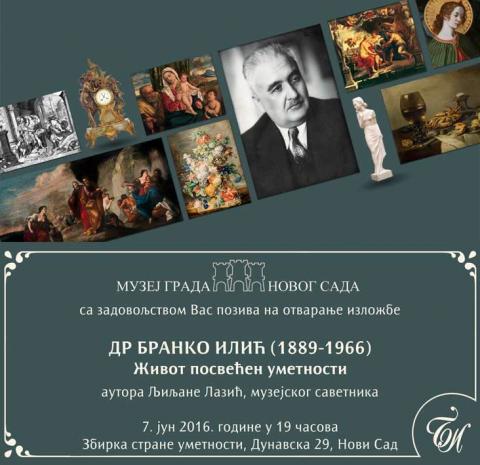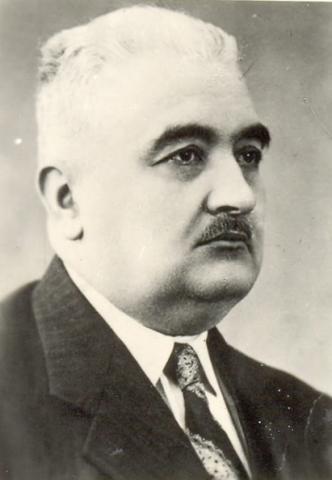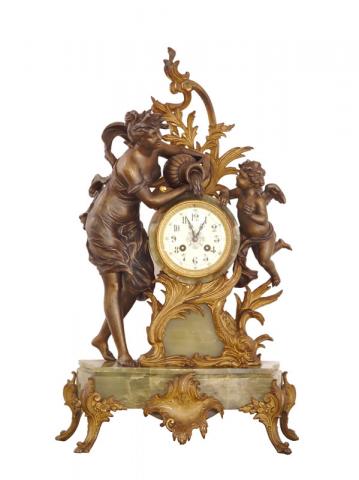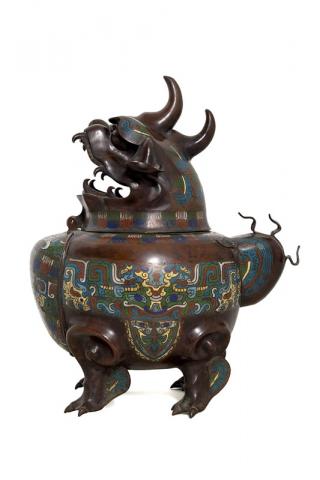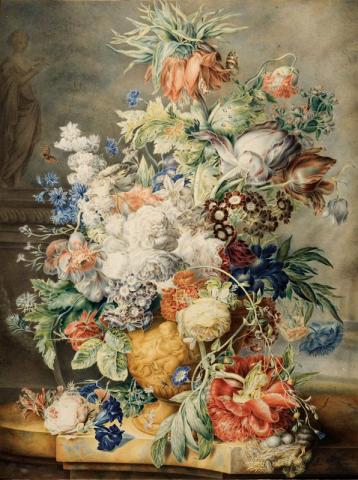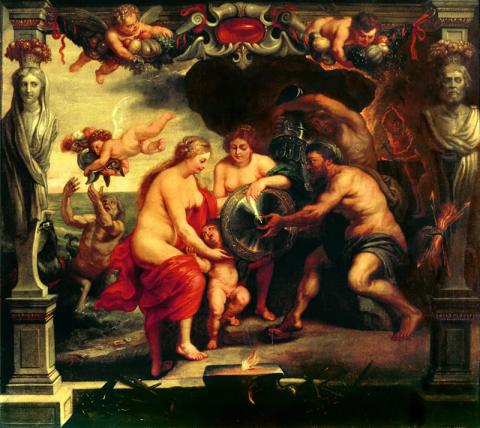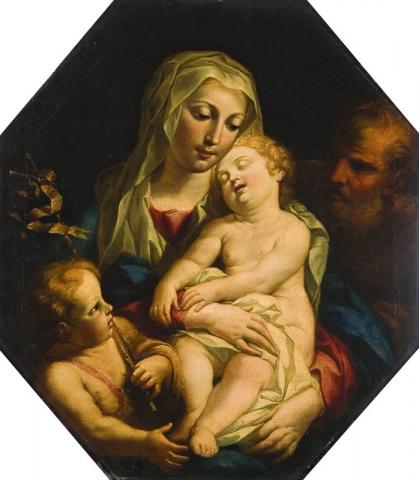Complex reasons for collecting artistic work, unless they are inherited or received in some other ways, is a cultural phenomenon, which is present with an individual primarily as a specific way of personal affirmation, which could be qualitatively transformed, through time, into something new and of public importance. Collection of Doctor Branko Ilić can be classified into that category and repeats rather frequent story about an intelligent and ambitious provincial, who, by wishing to reach higher social level, became fascinated by the works of art. Therefore, this romantic enthusiasm, despite numerous social and political obstacles, he managed to accomplish enduringly.
The collector’s work, which lasted for more than half a century, represented the most important part of his life. The course to becoming a person that admires and collects works of art was set in his youth. An ambitious grammar school student from Novi Sad, and later, the student of medicine in Budapest, successfully climbed the social ladder having no doubts that he belonged to an upper class. On that path he discovered another side of his personality – the love of art.
The first opportunities for Dr Ilić to obtain the items of fine and applied arts arose in 1920s, while he was building up his public and professional image in Novi Sad. As every member of the upper city class, he discovered artistic value in the furniture of historicist styles, items made of porcelain, silver, and glass, but soon showed an interest in obtaining art pieces of domestic and foreign artists. As he was fully aware from the very beginning that his knowledge of art history was inadequate to find and recognize the valuable works of art, he started creating connections with the people from the world of art. Auctions were places where Dr Ilić acquired paintings of outstanding quality and value. As the number and the quality of works in the collection increased gradually, Ilić’s ambitions were aimed towards creating an art collection of a particular profile and content. His attention was mainly focused on the west European schools and artists from 15th to 19th century.
The first negotiations between Dr Branko Ilić and the representatives of the city of Novi Sad were initiated in the late 1940s. The discussions involved a donation of the entire collection. Considering the value of the collection, the museum workers of Novi Sad kept searching for the way to reach an agreement that would satisfy both parties. Through the document that was issued by Municipality Assembly of Novi Sad, on 29th January 1968, this legacy was given to The City Museum of Novi Sad for further care. Substantial fund of the donated collection consists of paintings and objects of applied art of foreign origin; it is very miscellaneous material which could hardly be subsumed under the mentioned title for among the donated objects there were not only paintings done by the painters from previous époques. On the initiative of the City Museum of Novi Sad, the legacy of Doctor Branko Ilić received more adequate name, “The Collection of Foreign Art”, which fits the substantial character of the collection, for both the works of older and modern painters are represented in it, mostly of West European paintings, together with the pieces of applied art which could not also been subsumed under the previous name.
Back to all Post


